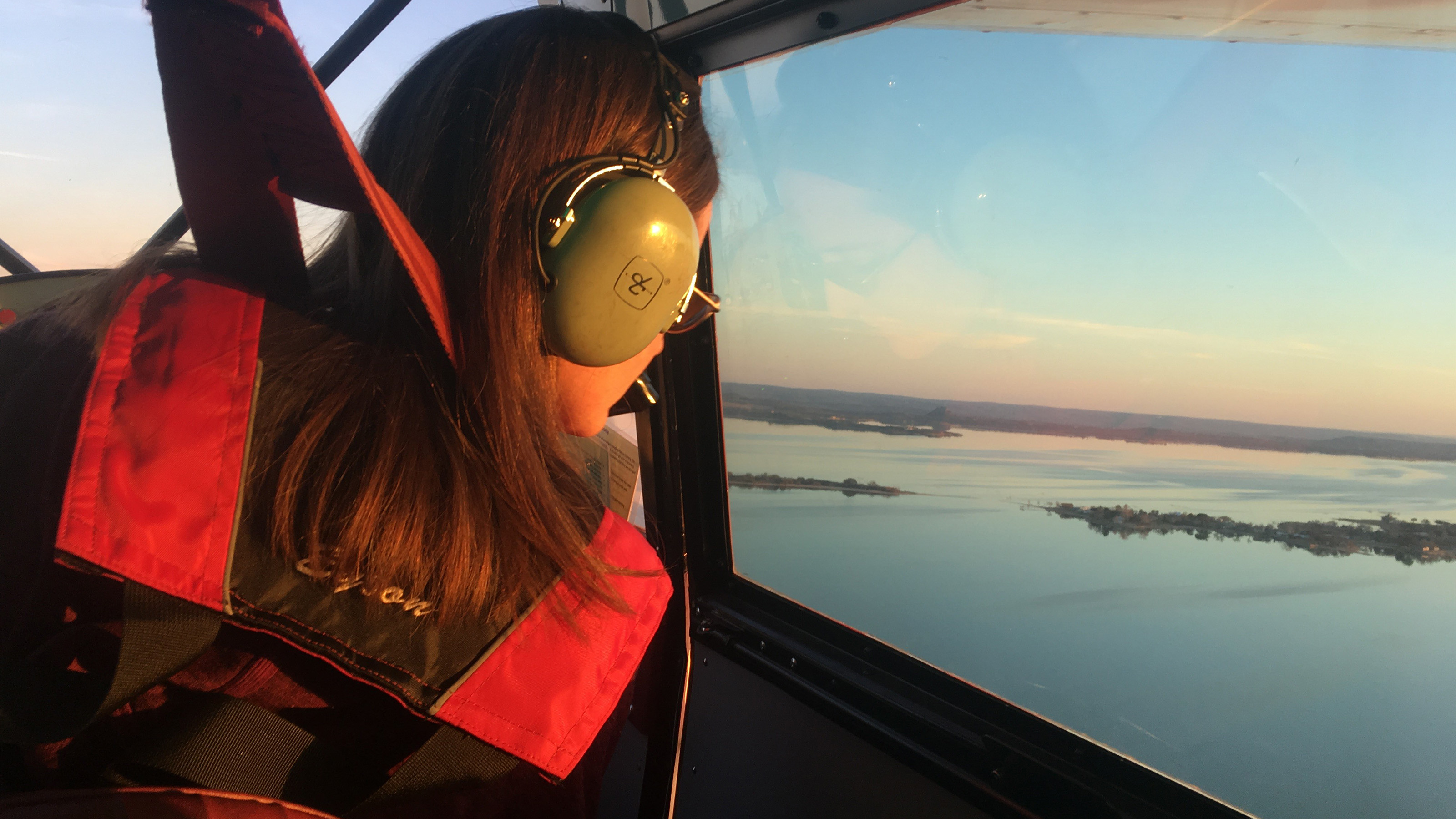Expand your horizons, and your skills
If you are looking for a shot of adrenaline to reignite your passion for flying or improve your stick-and-rudder skills while boosting your confidence and having a blast (without spending dozens of hours training), look no further than the seaplane or glider rating and the tailwheel endorsement. Each opens a new world of aircraft and adventures.

I had delayed earning my seaplane rating because I didn’t have access to a seaplane. I thought it would be a waste of time and money if I couldn’t put it to use. That couldn’t be further from the truth. What you learn from the seaplane rating can be carried over into your everyday land-based flying. You learn how to read water to understand where the wind is coming from and how strong it is. You can apply that knowledge anytime you are flying over a body of water like a lake or a pond. Airspeed and descent rate control is fine tuned during the training for what’s called a glassy water approach. During the approach, you maintain the same airspeed and rate of descent all the way to touchdown on the water. This is a much more fun way of mastering aircraft control than climbing and descending in a practice area.

The glider rating encourages community, inspires personal bests, and focuses on the all-important hunt for lift. I have one glider flight under my belt, and the training kept my eyes focused outside, which was pretty easy considering I was almost fully reclined in the cockpit below a bubble canopy with a minimal instrument panel. The training inspires community because, unless you have a self-launching motorglider, you will need the help of other pilots to tow you aloft and pick you up if you land off airport. Because of the teamwork needed in soaring, the camaraderie at glider clubs is as uplifting as the lift. In soaring, pilots often strive to beat their personal records for staying aloft. One way to do that is by understanding sources of lift and how to spot it (for once, those puffy cumulus clouds that cause turbulence are good for something!) and using it to your advantage to gain altitude or distance. If you already have your fixed-wing powered pilot certificate with 40 hours of pilot-in-command time, then the minimum requirement for training is 10 solo flights in a glider to take the practical exam, according to the Soaring Society of America. Like the seaplane add-on, no knowledge test is required.

Vintage, warbird, and aerobatic airplanes are commonly tailwheel aircraft, so earning your endorsement will open doors to hundreds of exciting aircraft. I earned my tailwheel endorsement in a Decathlon, and the training has enabled me to fly aerobatics in a Citabria and Extra, fly a Super Cub across the country, and take my own Cessna 170B on short hops and family trips. The tailwheel endorsement only requires a signoff from a flight instructor; there’s no knowledge exam or checkride. It typically takes about 10 hours of training to earn the endorsement, almost all of that time spent in the pattern making takeoffs and landings. You’ll learn how to perform three-point landings, in which all three wheels touch down at the same time, and wheel landings, in which the main two wheels roll onto the runway first, followed by the tailwheel. Depending on where you train, you might land on grass runways or even learn about off-airport backcountry flying. Tailwheel aircraft require precise rudder control and runway alignment on landing, proper flight control positioning when taxiing in windy conditions, and a heightened level of alertness all the way from leaving the tiedowns until you return it there. Honing these skills will dramatically improve your stick-and-rudder skills and transfer to your flying in nosewheel aircraft.
If you are ready to delve back into heavy-duty training, fixed-wing pilots often enjoy the challenge of adding a helicopter rating. For fixed-wing private pilots, the add-on requires a minimum of 30 flight hours with at least 20 of those as dual instruction received and 10 solo. Ground training and a checkride also are required (no knowledge test).
All of these types of training are fun and rewarding, and will make you a better pilot. You will learn better aircraft control, improve your decision making, and have a better understanding of weather and how you can read it on the surface and in the air and use it to your advantage. Get out there, have fun, and become a better, more confident pilot in the process.




